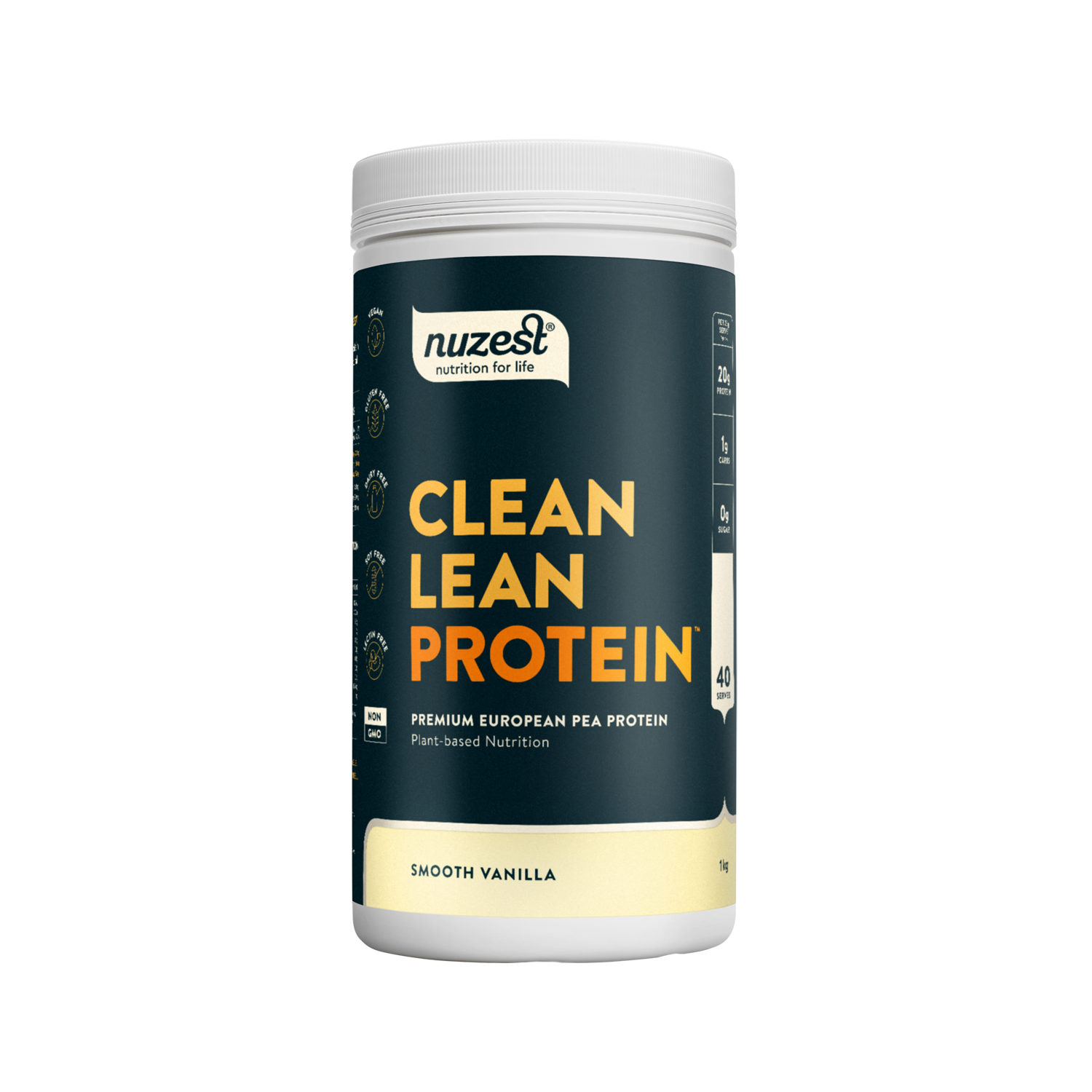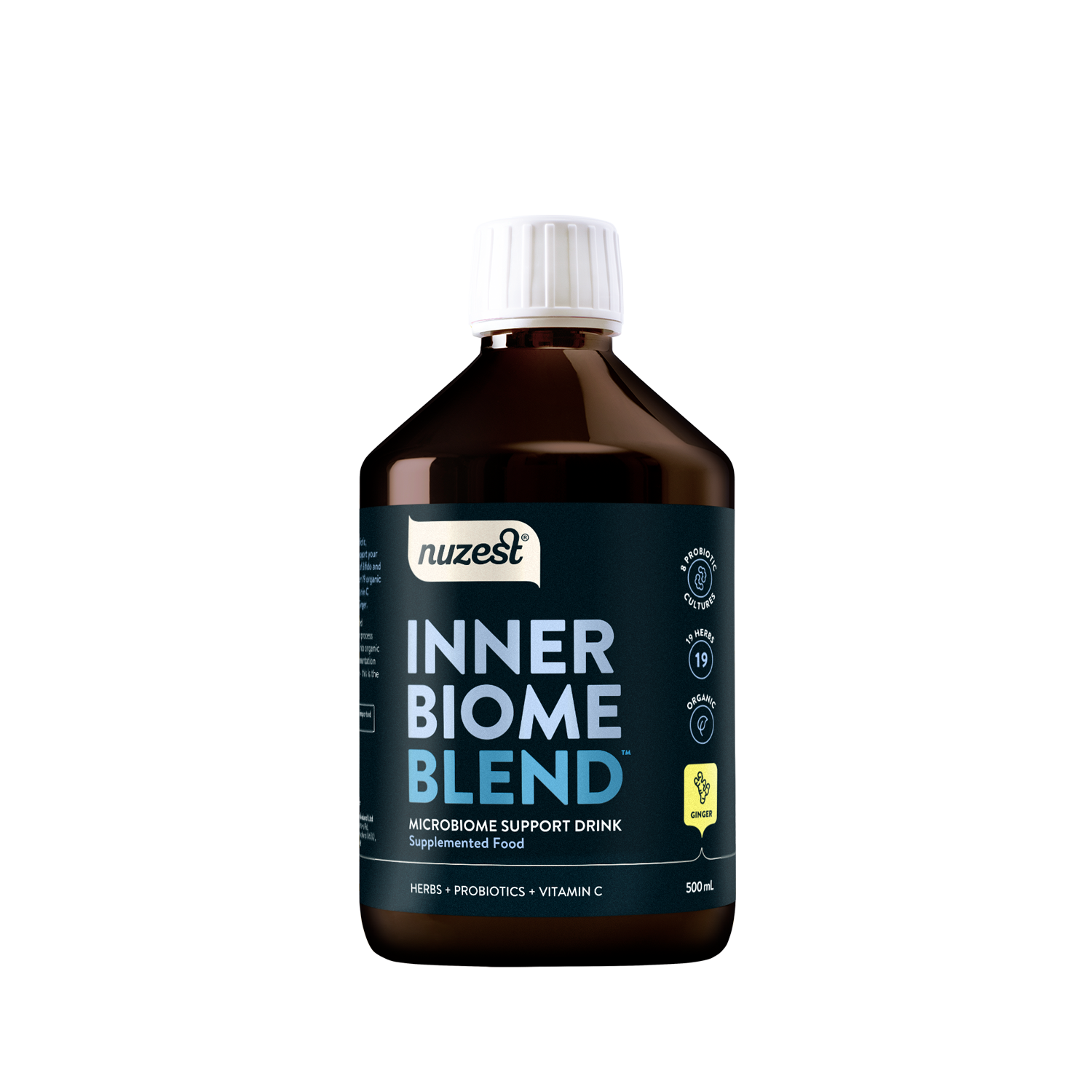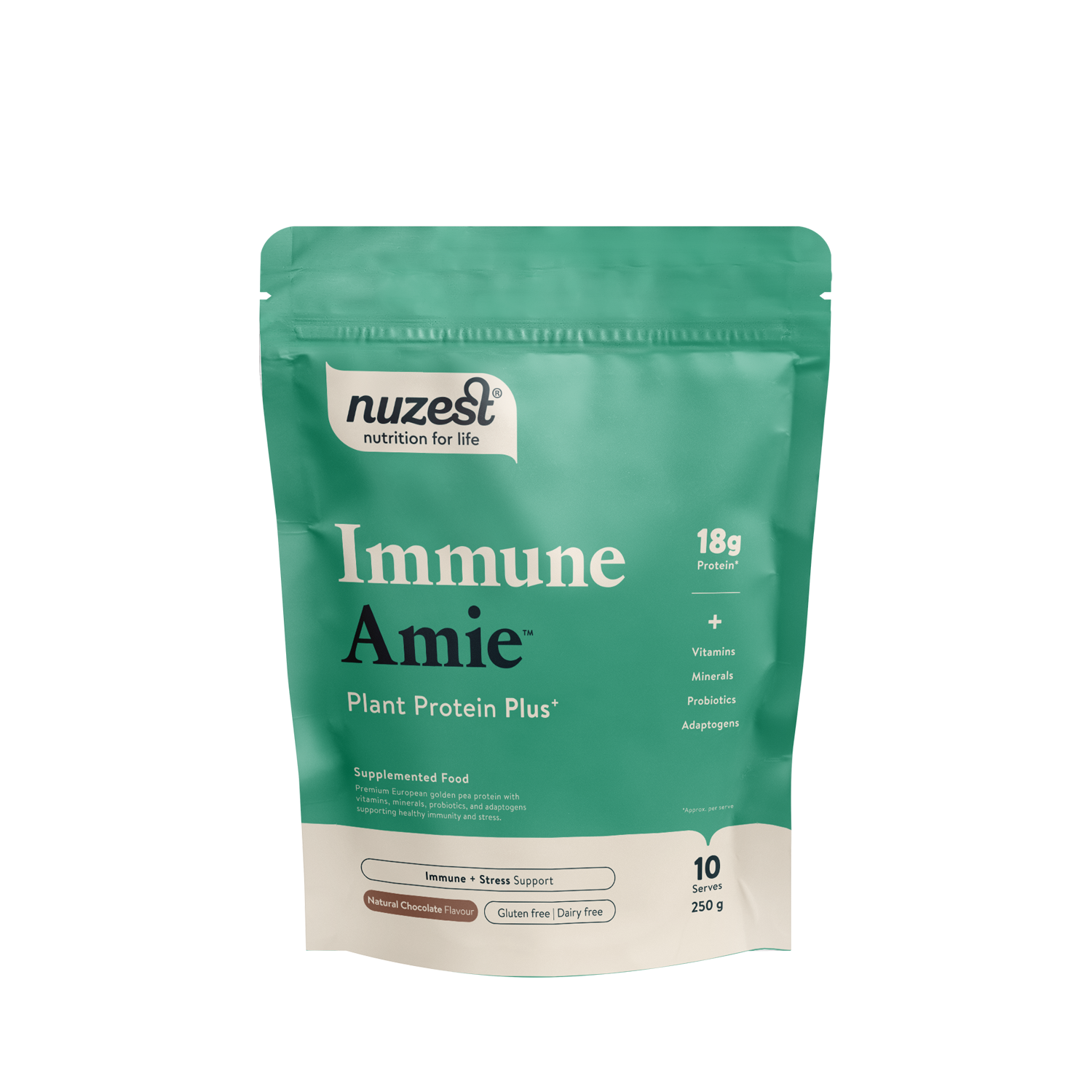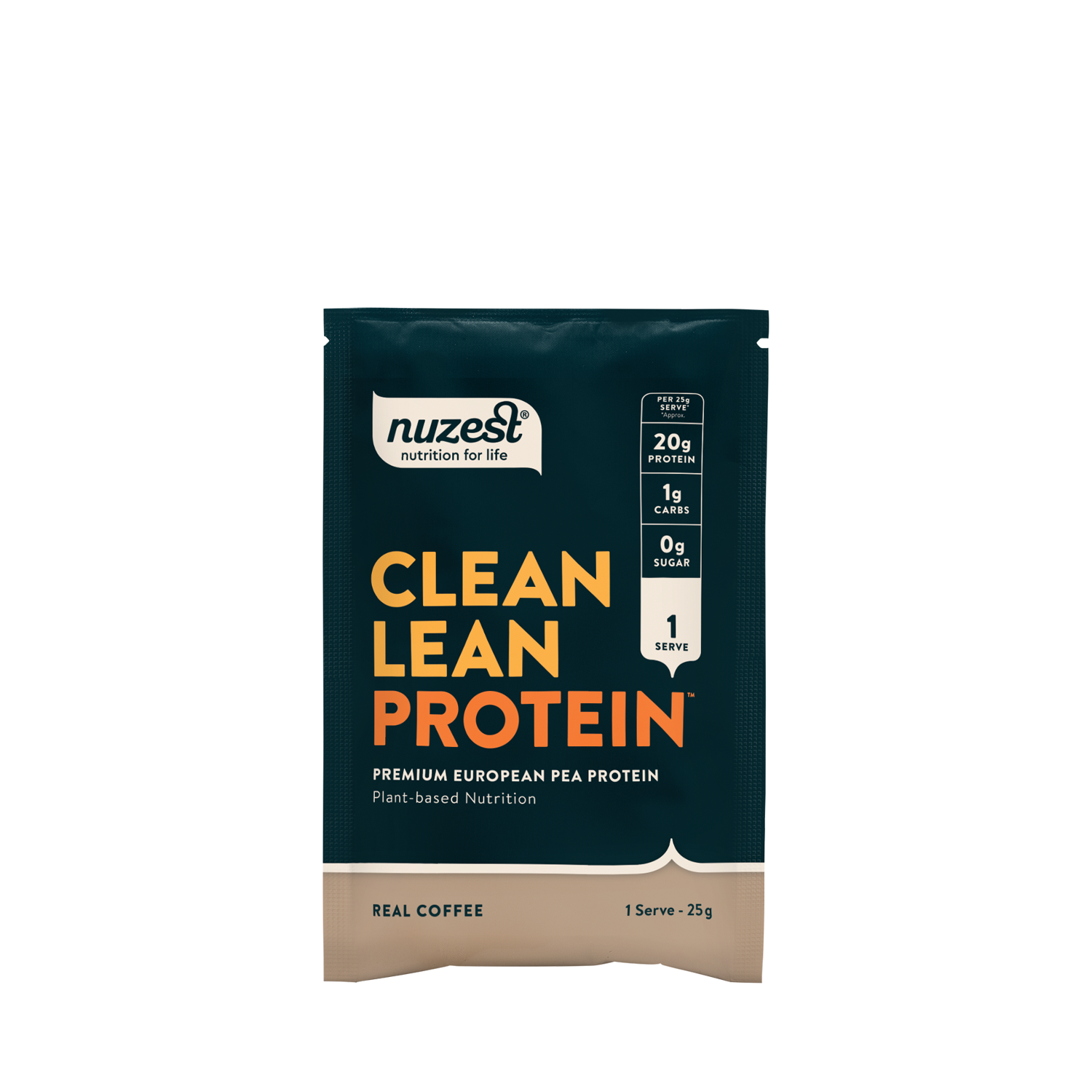Citric Acid
Citric Acid Anhydrous
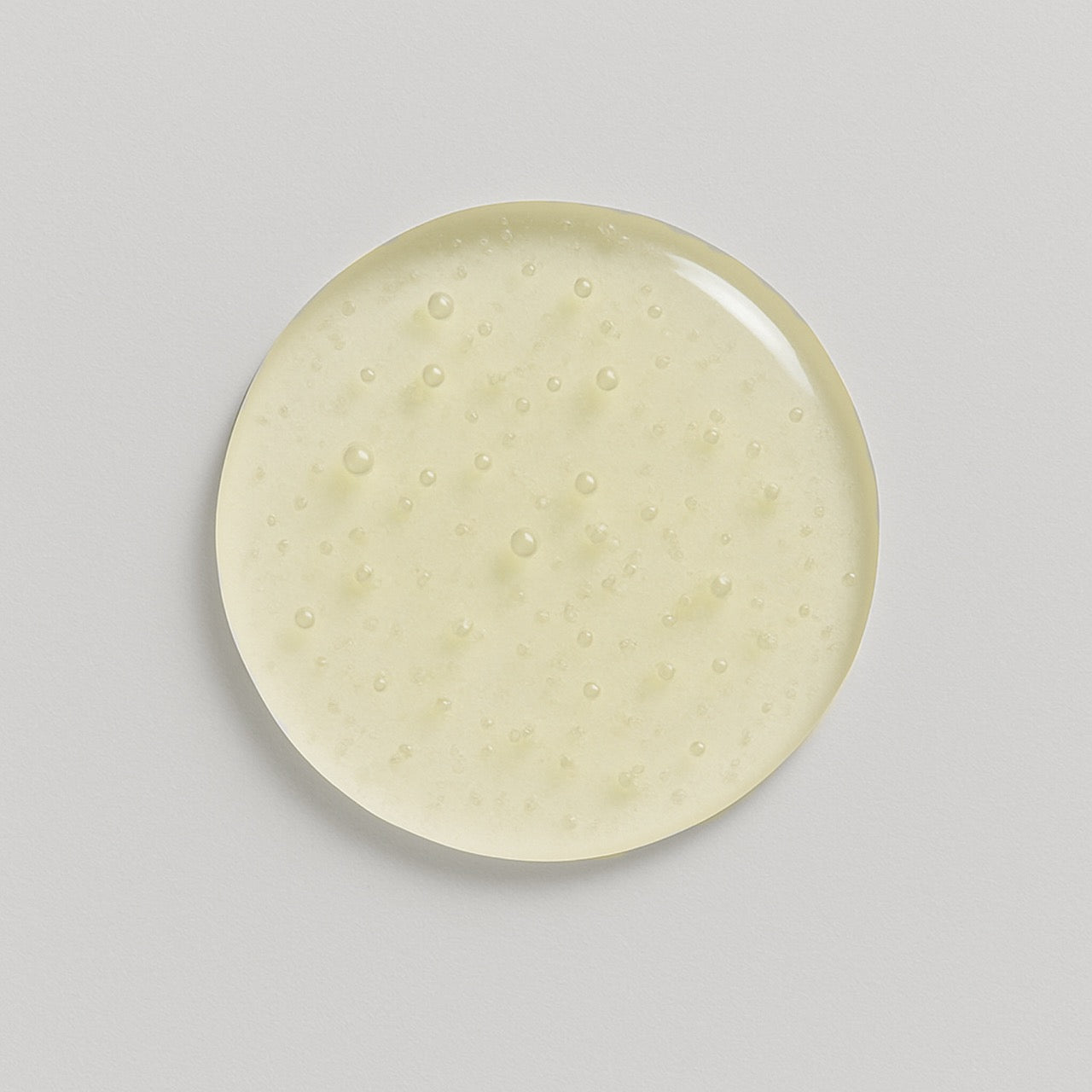
Citric acid is a naturally occurring organic acid found in citrus fruits. It is widely used as a preservative, flavouring agent, and pH regulator in foods and beverages.
Products:
How Does Citric Acid Help with Energy Metabolism?
Citric acid plays an important role in cellular energy metabolism. As a key component of the citric acid cycle (Krebs cycle), it contributes to the conversion of carbohydrates, fats, and proteins into usable energy within cells—supporting overall metabolic function and energy production.¹
Citric Acid and Nutrient Absorption
It can also enhance nutrient absorption by increasing the bioavailability of minerals such as iron, magnesium, and calcium. By helping to break down non-heme (plant-based) iron, citric acid makes it easier for the body to absorb, supporting more effective nutrient uptake from the diet.²
Citric Acid to Support Liver Detoxification
Citric acid supports liver function and detoxification by stimulating bile production, which assists the liver in breaking down and removing toxins. This process also aids digestion and contributes to the body’s natural detox pathways.³ ⁴
Does Citric Acid Contain Antioxidants?
While citric acid itself does not act as an antioxidant, it is commonly present in citrus fruits that are abundant in antioxidant compounds like vitamin C and flavonoids. These nutrients help defend the body against oxidative stress and inflammation, supporting general health and wellbeing.⁵ ⁶

